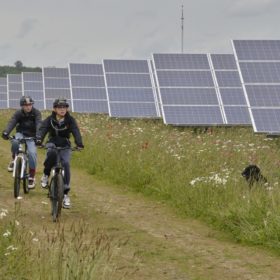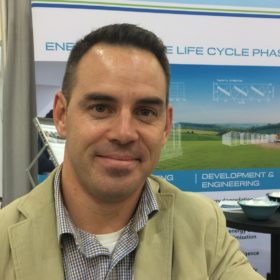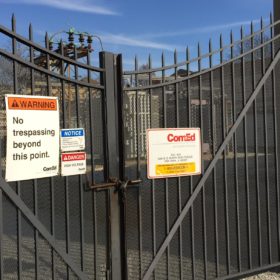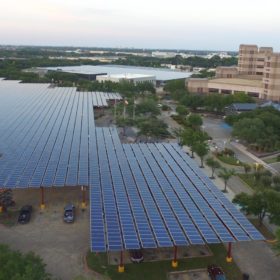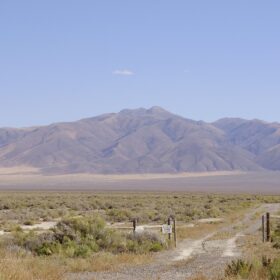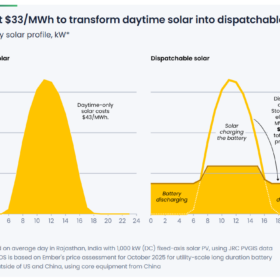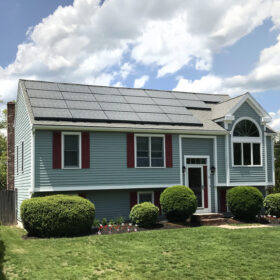A 15% efficient solar window that delivers 40% of US electricity
University of Michigan team hopes to offer a 15% efficient solar window product, that allows 50% of the light through, and have received $1.3 million from the Department of Energy’s Solar Energy Technologies Office to develop it further.
The home of the future, for renters
sonnen has announced its latest sonnenCommunity in Florida, in collaboration with Pearl Homes and Google Home. The development features a smaller footprint and automated homes, with most of the units set to be rentals.
Overbuilding solar cheaper than seasonal storage and natural gas in Minnesota
An analysis by Clean Power Research, commissioned by the MN Solar Pathways Initiative, shows that 10% solar by 2025, and 70% wind+solar+storage in 2050 can be achieved at a comparable cost to natural gas-fired generation.
The right technical assumptions: An interview with Davion Hill, DNV GL
In this interview DNV GL’s Davion Hill gives a preview into the company’s new Battery Performance Scorecard, discussing some of the findings and what they mean for both battery makers and consumers.
Illinois electric utility publishes online map of potential solar capacity
ComEd, Illinois subsidiary of Exelon, posts a Hosting Capacity Map showing solar potential based on infrastructure capabilities on a local basis.
Solar panels increase grasses for sheep and cows by 90%
Researchers have determined that an Oregon solar facility altered the microclimate variables of mean air temperature, relative humidity, wind speed, wind direction, and soil moisture beneath itself significantly – increasing water efficiency, allowing for much greater biomass growth.
Lazard, Lazard, LCOE – what’s the cheapest energy?
Lazard’s newly released Levelized Cost of Energy Analysis 12.0, and Storage 4.0, finds that where utility scale wind works, it dominates – and that the unsubsidized cost to build new utility wind and solar facilities is equal to, and often less than running already-built fossil facilities.
Dispatchable solar coming to Kaua’i
The cooperative utility on the Hawaiian island has signed a contract for design and engineering of a 25 MW pumped hydro project, plus an unspecified volume of solar, to provide “dispatchable” renewable energy and allow the island to integrate an unprecedented level of solar.
Demand-side flexibility: helping solve solar’s curtailment conundrum
This op-ed by WattTime takes a look at solutions to solar curtailment, including new software to enable greater demand-side flexibility.
Operating solar with reserve capacity enables more solar on the grid
A solar plant can increase its output by starting from a curtailment status and then reducing curtailment. If grid operators schedule in advance both solar curtailment and increased solar output, the cost-saving level of solar increases substantially.


